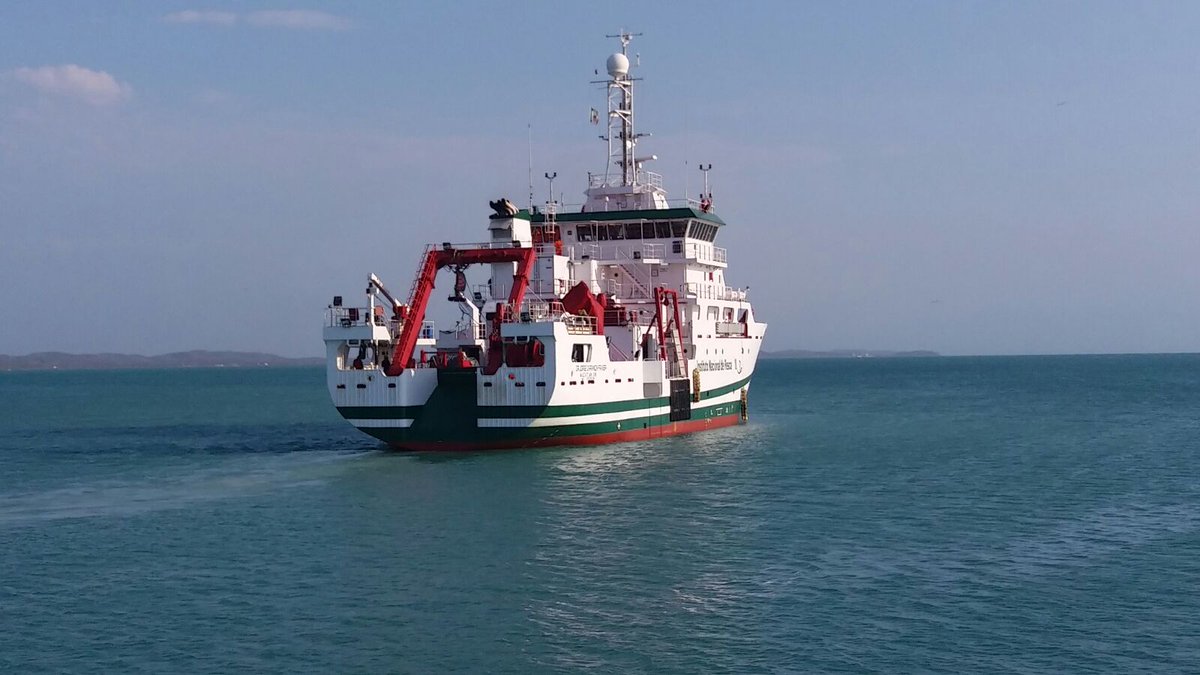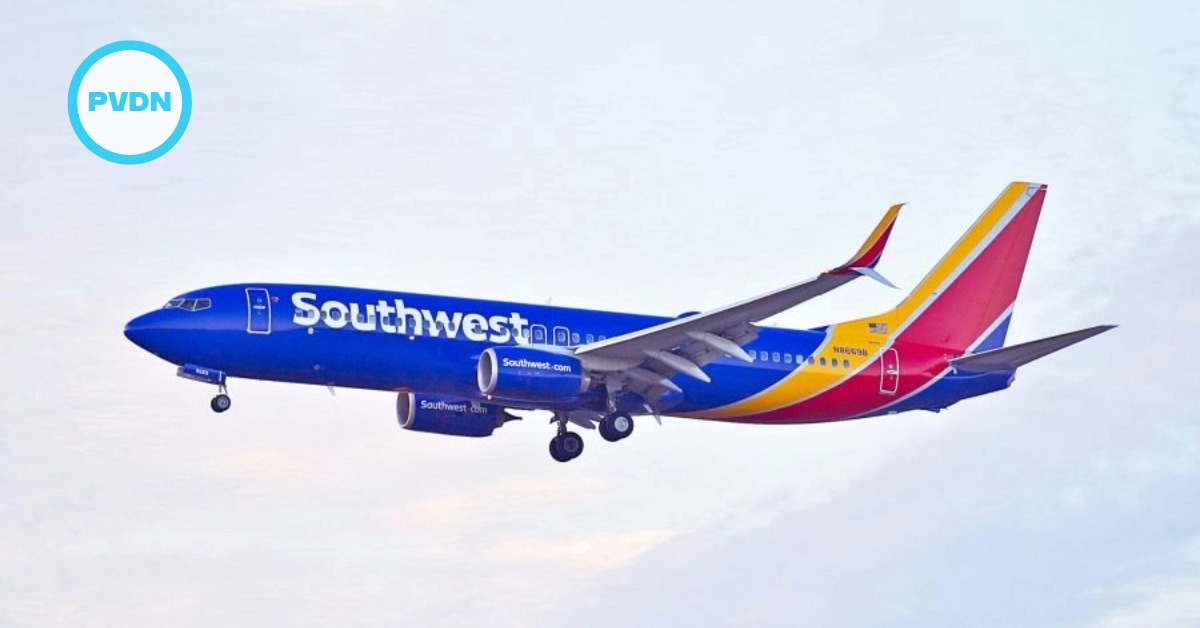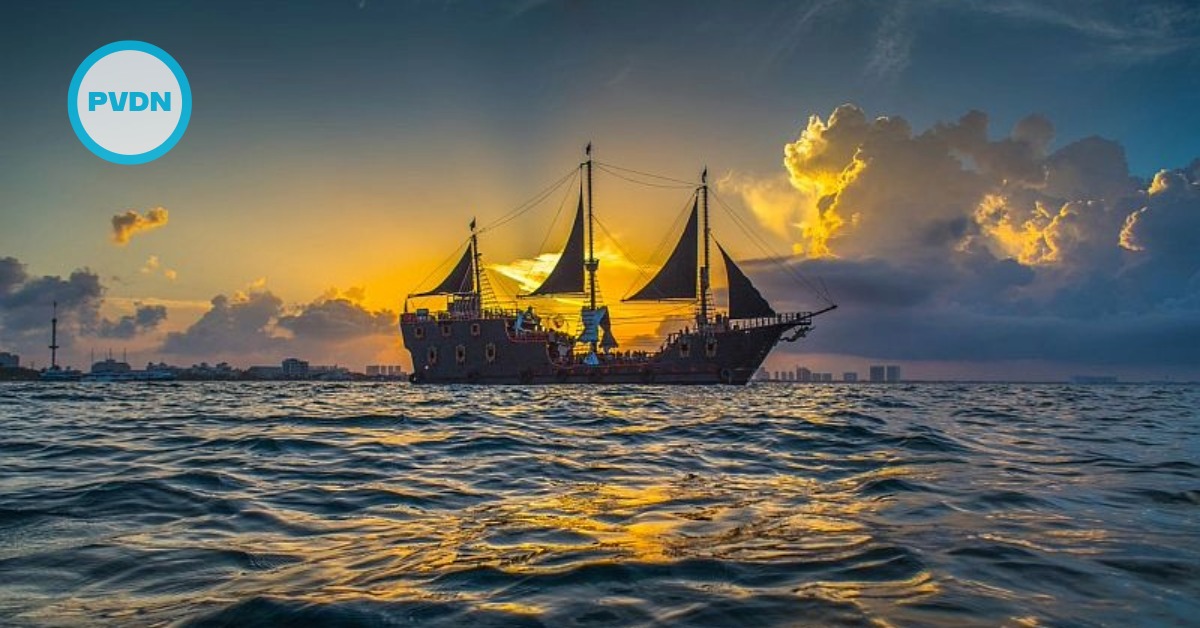Scientists from Mexico and Central America will assess potential fishery resources, their distribution, and biodiversity in the Caribbean and Pacific, the United Nations Food and Agriculture Organization (FAO) reported today.
The team of 22 scientists will work from the research vessel Dr. Jorge Carranza Fraser, which will sail next Monday from Puerto Progreso, state of Yucatan, in southeastern Mexico, the international organization said in a statement.
The vessel will evaluate the state . . .






